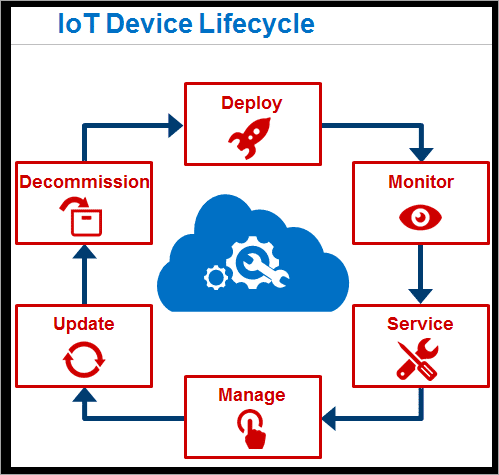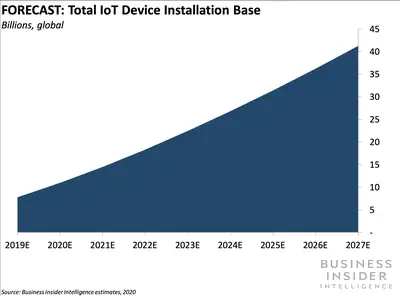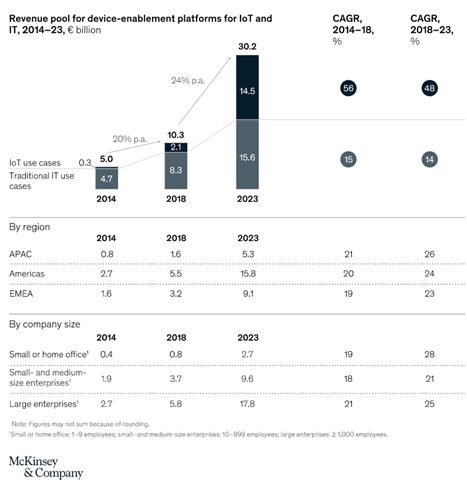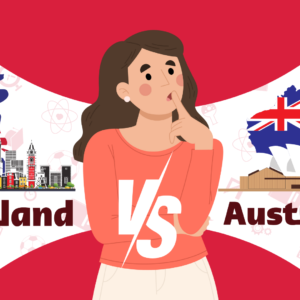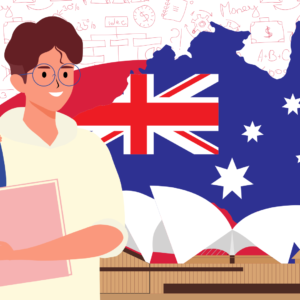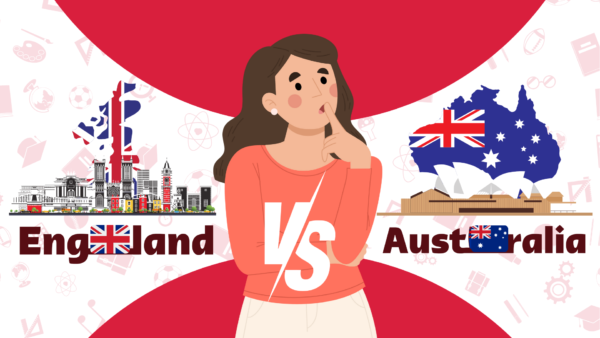We live in a digitally connected world – not only in terms of connected people, but also everyday physical devices. Internet connectivity and data analytics have transformed the way we live – be it the way we work, we learn or basically do anything. It’s what’s called “smart living”, when everything talks to everything else.
We’re talking about the Internet of Things (IoT) – a term used to describe this smart living where devices are digitally connected to each other using the internet and sensors. IoT basically makes devices smart by allowing them to send data and communicate (machines talk to machies). For instance in a smart, connected home you’d be able to turn on the heater from your car before you reach home, or unlock the main door to let someone in if you’re not home. But, IoT is more than about only smart living, it’s being used in every industry to better experiences and find smarter solutions. And in a post-pandemic world, the role of IoT has become ever more critical.
Healthcare is a case in point. IoT technology is playing a big role in streamlining the healthcare processes – enabling patients to connect with doctors via virtual visits; helping with patient tracking, care of chronic diseases and the like.

